I came to this exhibition at somewhat of a personal crossroads; a dilemma about whether the pictures in my new body of work are good enough, contemporary enough, challenging enough. There is a lot of expectation for landscape photographers to reach the most far away distance, to be the next big thing, to provide an innovative, conceptual, modern commentary on environmental change, and so on. Bigger and better and more important!
Among the contemporary “greats’ such as Edward Burtynsky, whose recent work stresses both the beauty and tragedy of modern industrial practices, I am left feeling that my work doesn’t belong to this sub-genre or style of landscape photography, or at least that that my own sensibilities at this time don’t wholly align with that particular mode of visual expression. I rely on looking at and researching the work of established and contemporary photographers, but feel conflicted that my own work doesn’t fit in. Then again, should it?
In order to really appreciate a body of work I believe we should look at the intentions of the artist, take the time to learn about them, their backgrounds, their interests and understand their work in the context of their personal beliefs. Luckily, for this review, I am in a very strong position to be able to do that. I know all of the exhibitors in the Inside The Outside 2016 exhibition. Some personally, others through social media, reputation or recommendation.
To begin, Alex Boyd’s large scale pictures are the result of quite literally going to the edge. He pushes the extremes of practical possibility and follows in the footsteps of early pioneering photographers (Timothy O’Sullivan’s survey photographs of the American West spring to mind). The results are impressive, and the large framed prints are counterpointed by a more fragile selection of original tintypes, demonstrating both the grandeur and the vulnerability of the processes he employs.
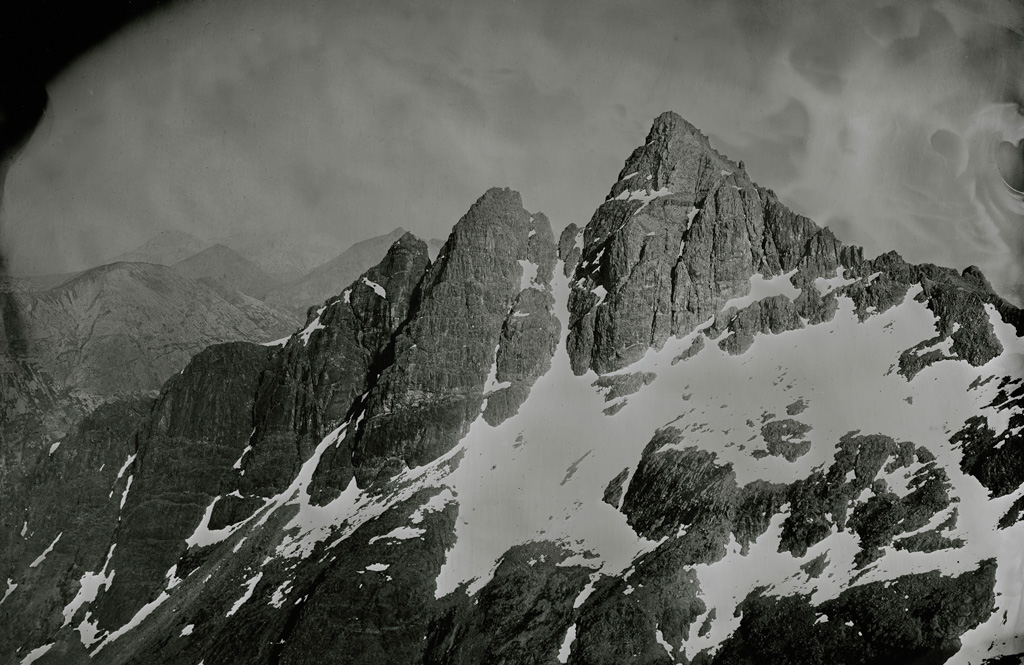
Sgurr Nan Gillean, The Cuillins, Isle of Skye © Alex Boyd
Jacqui Booth’s modest but steadfast images are surrounded by curiosity and have been made as a result of a yearning to react and respond to the landscape; to give it a voice. By drawing attention to places which go unspoken and unrepresented Jacqui invites us to pause and contemplate what these areas of land may be saying. What histories and stories would they tell us? I suspect we may not like what we would hear!
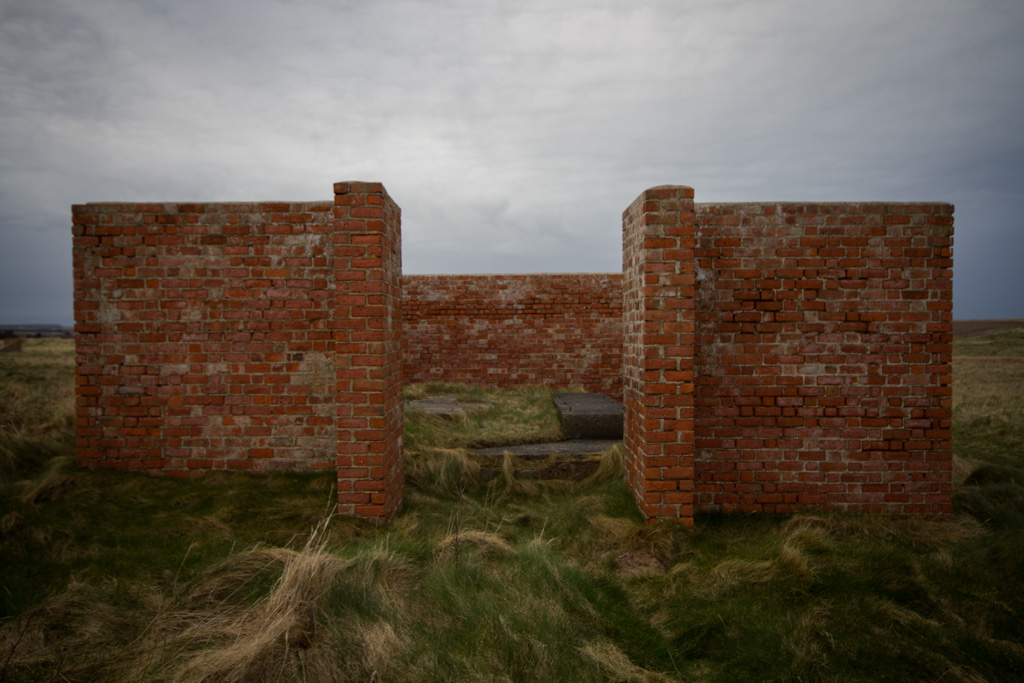
Enclosed © Jacqui Booth
Stephen Segasby’s hand-printed photographs sit mounted but unframed so that their richness and depth can be fully appreciated. Connecting to his subject matter of nature reclaiming former industrial sites, so the traditional print reclaims its place in the hierarchy of photographic processes. For Steve, printing his photographs in the darkroom is as crucial part of how he retains that connection with his work, nurturing and caring for each print. The results are simply beautiful.
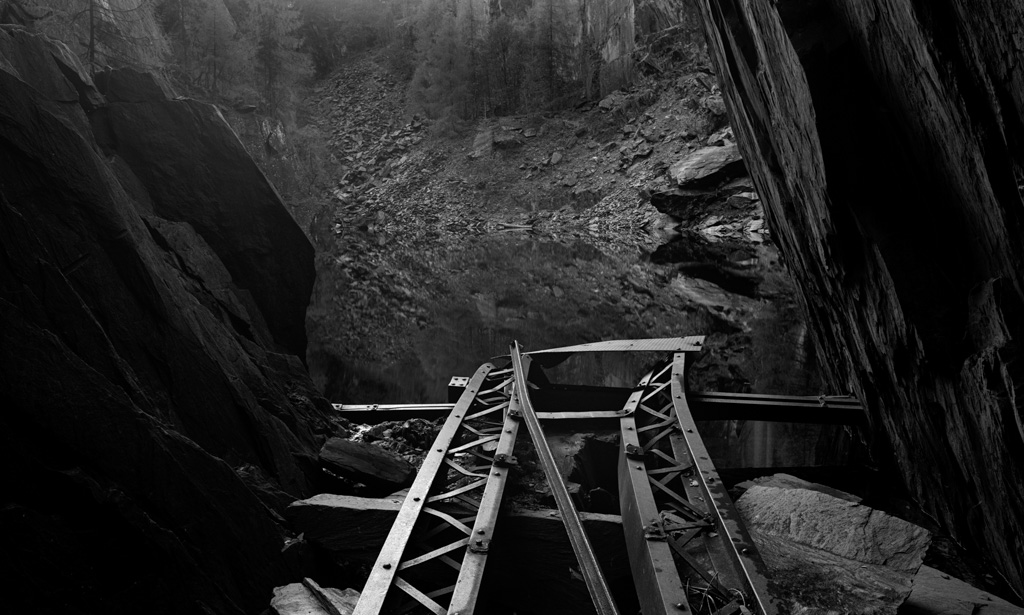
A Process of Reclamation © Stephen Segasby
Dan Wood’s arresting and unconventional photographs take on a deeply personal view of the state of the human psyche, expressed through unfamiliar surroundings. Fractured and distant they seem to move in and out of our consciousness like the undulations of a bad dream. The dark and dangerous power of confusion and the uncanny is expertly portrayed. Dan’s documentary roots are used here to full effect and we feel as if we are part of some horror story.
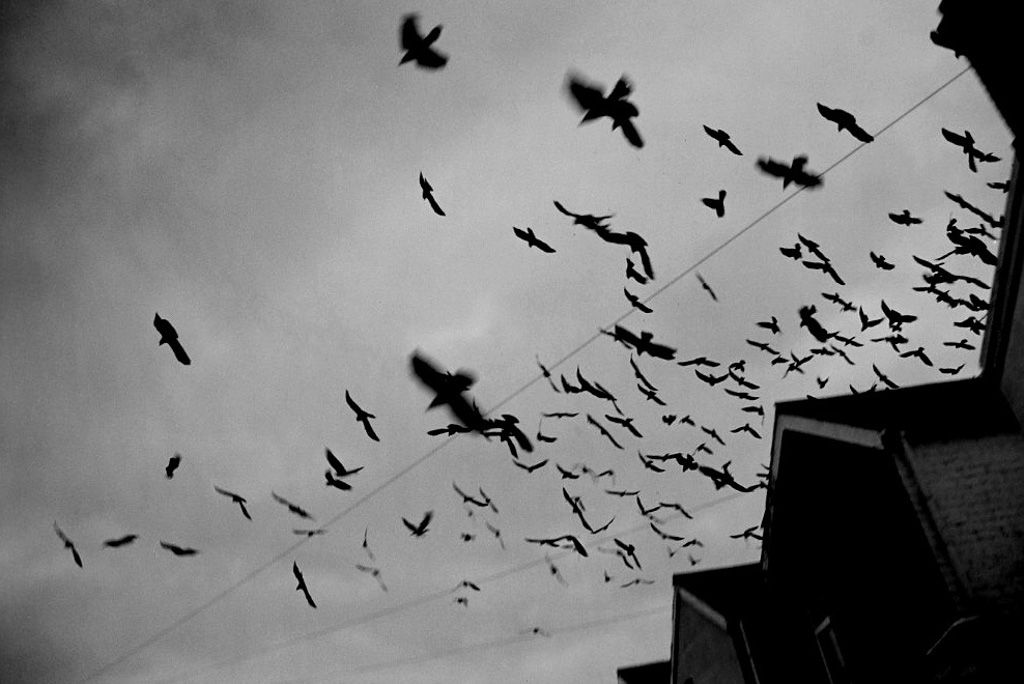
Hypnagogia © Dan Wood
Valda Bailey’s roots in painting afford her a most enviable talent- the ability to interpret and rework the modes of photographic capture and representation into full-on abstract art. The unique prints challenge our preconceptions of what is possible whilst taking on a mesmerising aura all their own. And if that wasn’t enough, the prints are adorned with gold leaf, adding an extra layer of shimmering beauty.
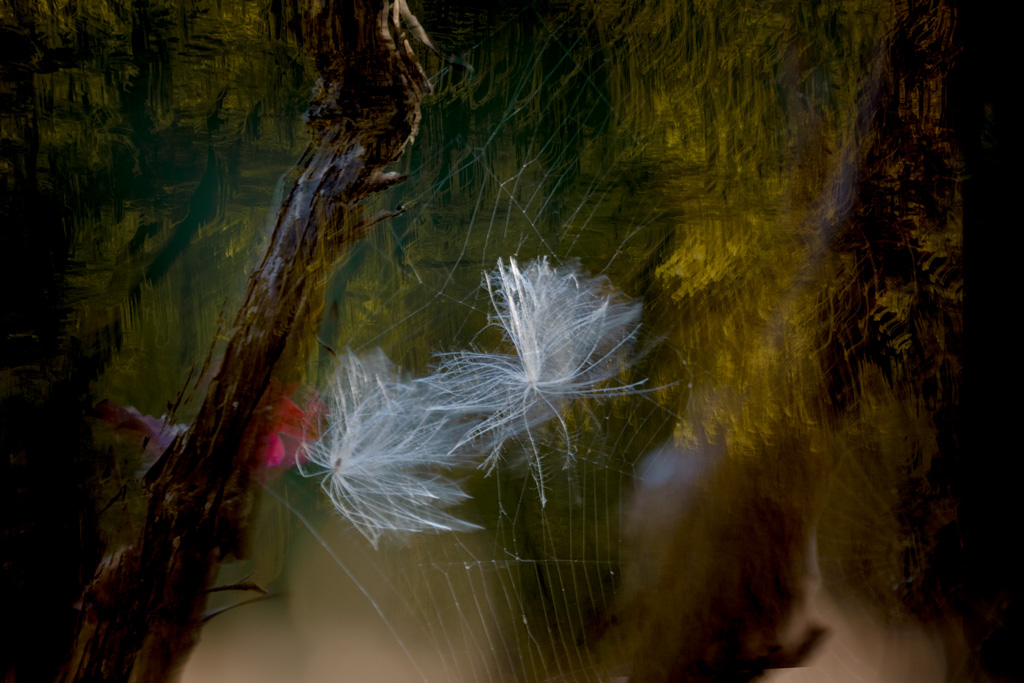
Southern Song © Valda Bailey
Joseph Wright’s work follows a more traditional methodology, using large format colour film to represent the dwindling remnants of a former forest in printed perfection. The trees are long gone but what has replaced them is equally interesting and important. Joe’s work takes on many themes: the environment, history, mythology, but does so with an intelligent, reassuring stillness. He invites us to contemplate those themes but also delight in the present moment, finding beauty in the current condition of the land.
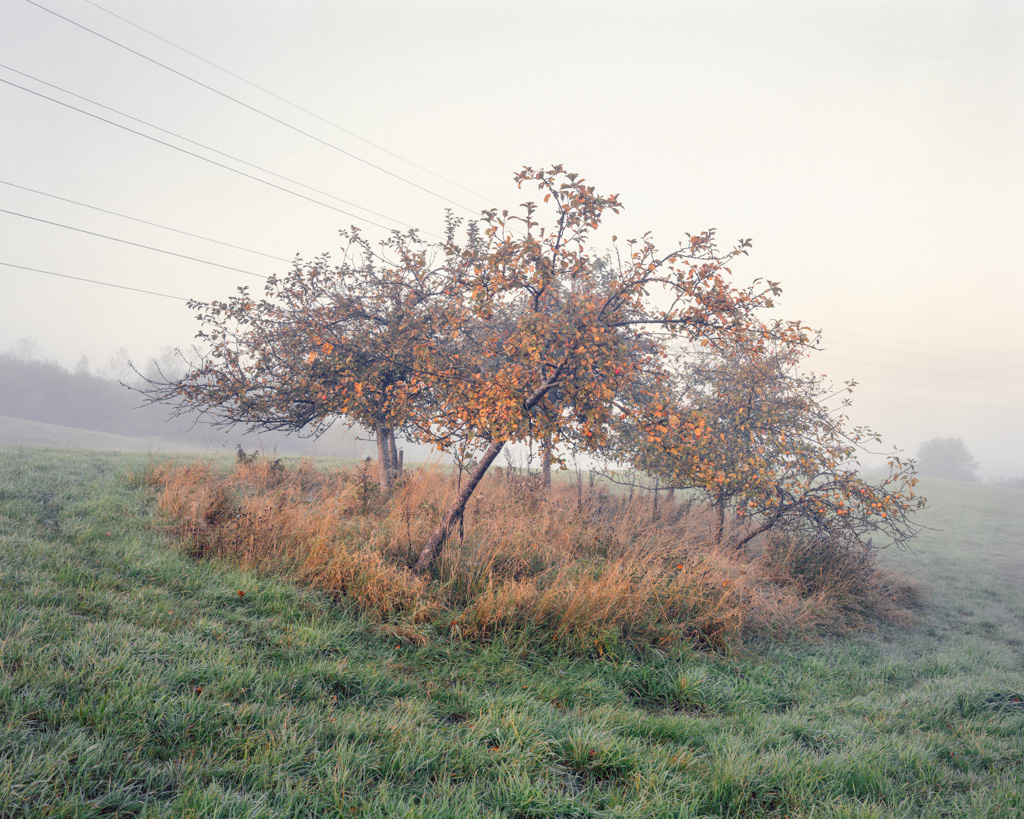
The Lost Forest © Joseph Wright
John Blakemore makes a guest appearance at the exhibition with a modest set of 3 images that have a quiet, dare I say it, whimsical appeal. His process of looking, examining and getting to the essence of his subject is beautifully displayed and it’s always great to see new work from the masters. In comparison to his iconic back catalogue thought I fear these pictures step aside, though perhaps it’s unfair to compare them to his previous work, even though it’s hard not to with a career of such quality, diversity and class.
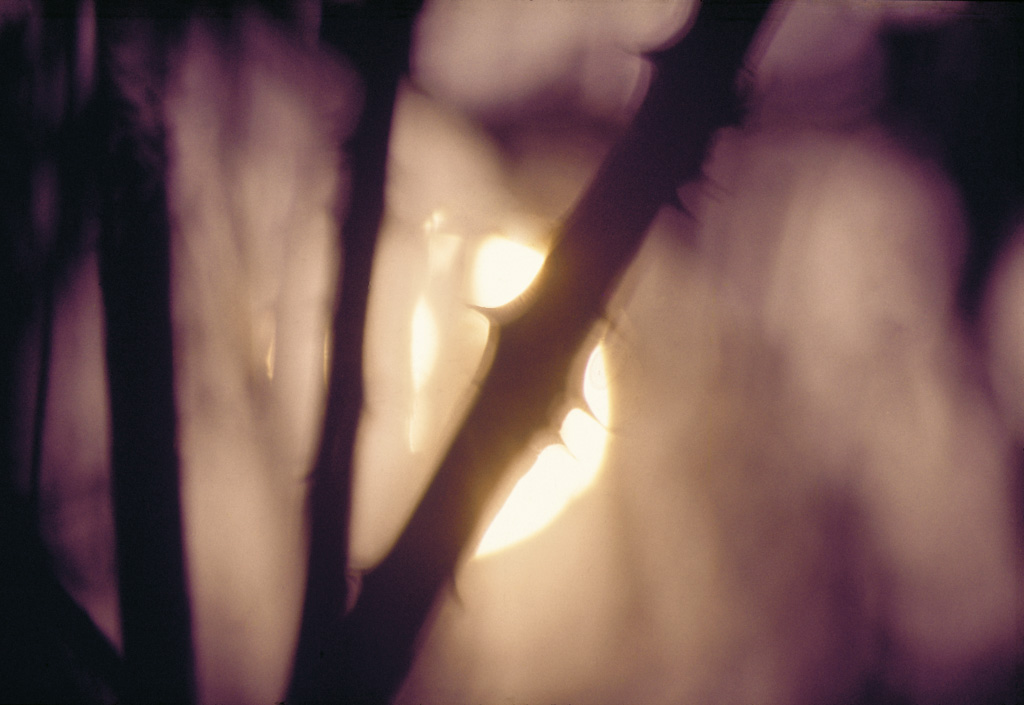
John Blakemore – Early Colour -1963-1968
Chris Friel presents a series of pictures based on a piece of music and are related to the themes of death and the memorial. His well-honed skills at layering multiple exposures are used yet again to great effect and the pictures work exceedingly well together. The prints are modestly displayed, inviting close, personal viewing but I found them lacking a certain luxury and depth that was present in much of the other work on show.
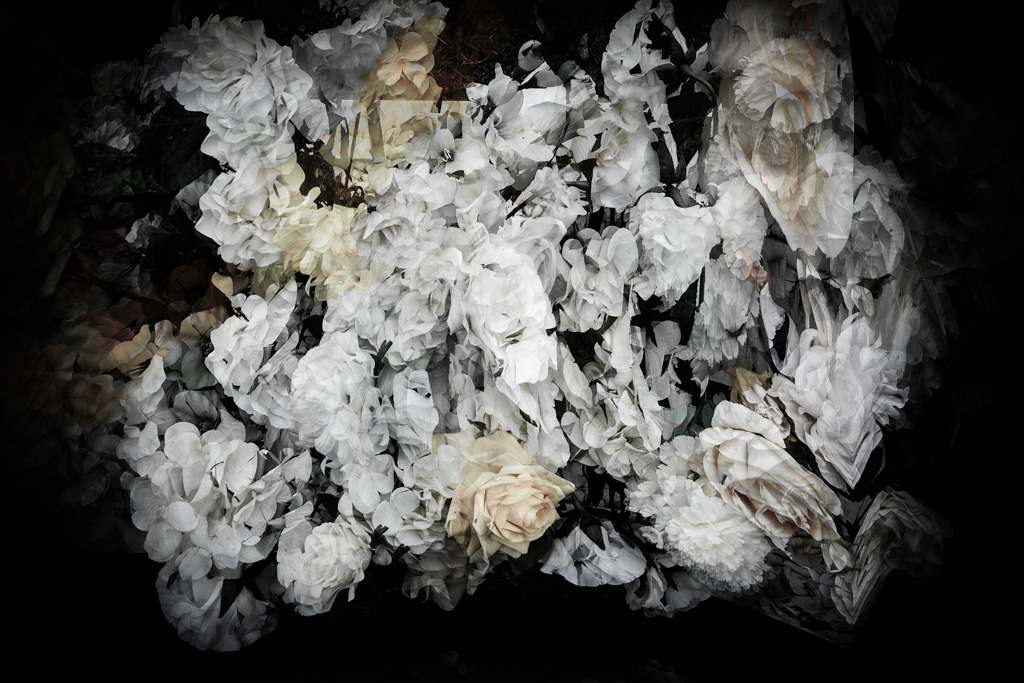
Memorial © Chris Friel
Multiple exposures have been a key element of Rob Hudson’s work in his last few series. Whilst I have always enjoyed seeing his work online, seeing the carefully selected pictures of his North Towards the Orison series in real life really made me understand how powerful his process truly is. I get it now. I get the journey Rob is taking us on. It’s one you have to give yourself up to and, in a way, be ready for. I got conflicting thoughts of claustrophobia and immense clarity when looking at the prints. Online versions of images are great, but always consider how much more of an immersive experience standing in front of printed work can be.
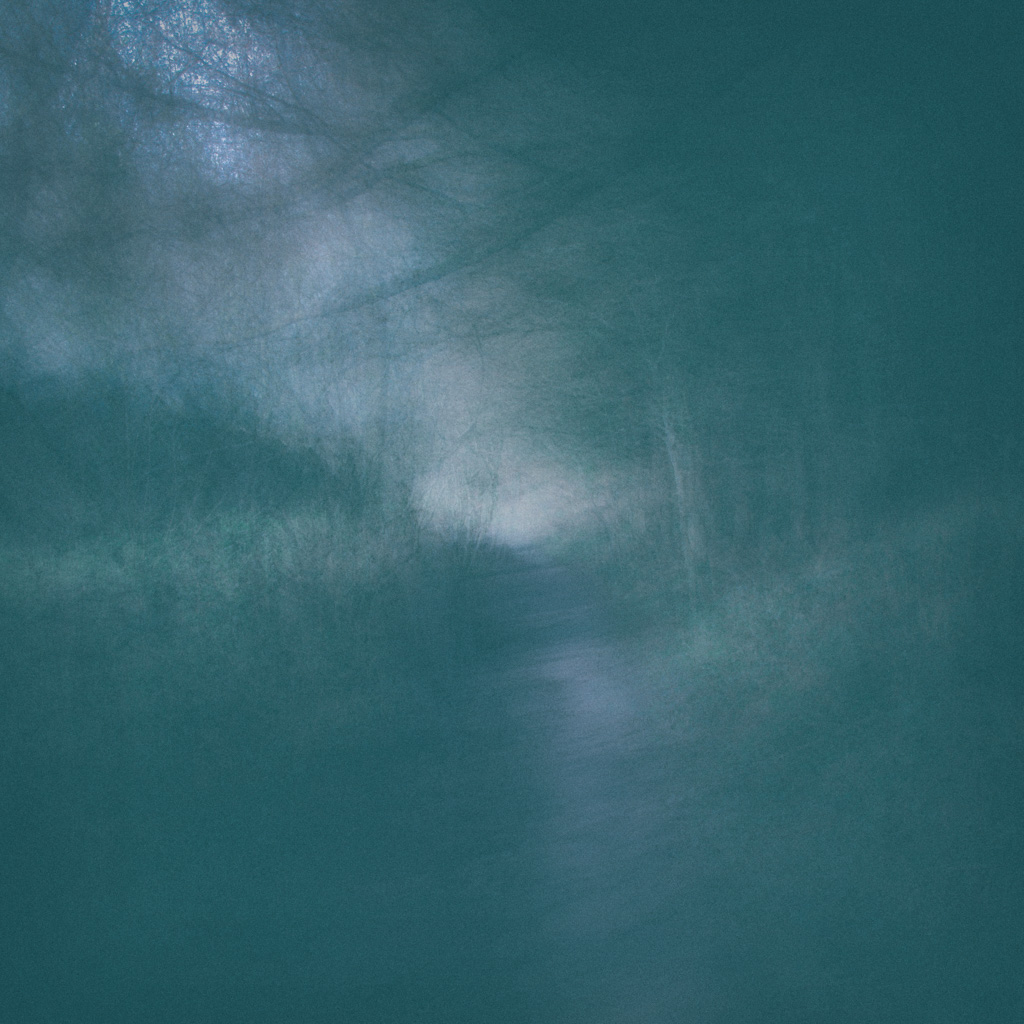
North Towards the Orison © Rob Hudson
Al Brydon achieves something I find excruciatingly enviable with his Based on a False Story work. The series came about when Al found a load of old exposed film that he had taken a number or years ago, and he decided to re-expose it, then physically damage it! Not knowing what the results would be, his bravery in doing this blatantly destructive act has yielded work of such great intrigue and mystery. Sadness, confusion, regret, longing. It is a destructive yet creative act of connecting to his past, and an attempt to replace, or at least cover it with new images, showing an apparent inability to reconcile these two times in his life, with the pictures accentuating the “haze” in between them.
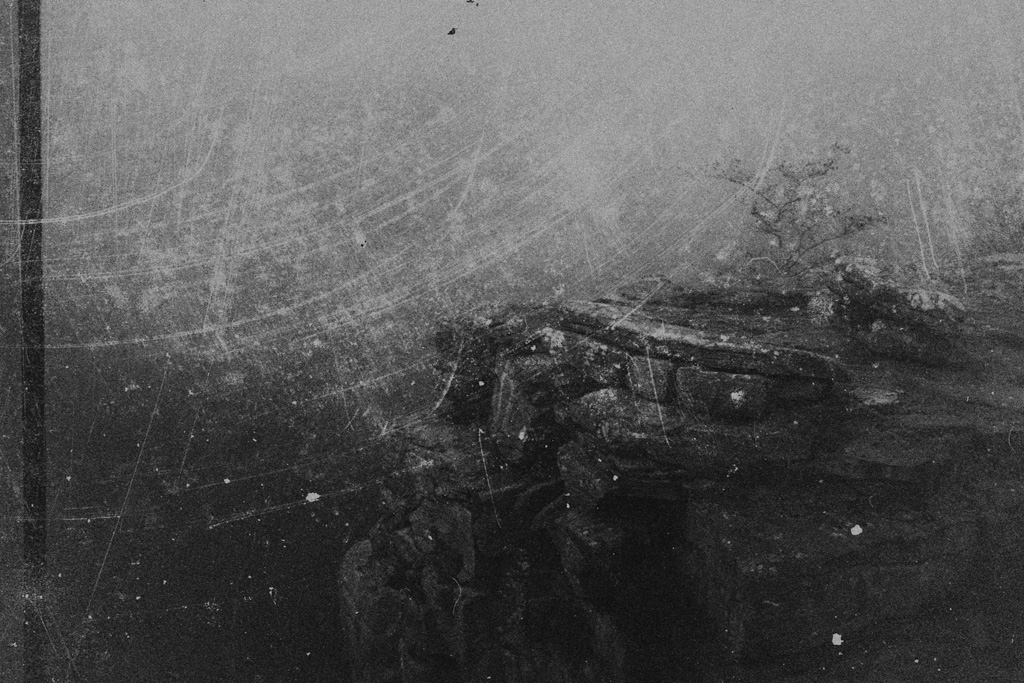
Based on a false story © Al Brydon
Mike Colechin’s pictures are calm, contemplated, purposeful with an ambiguous thread that makes me not only want to explore what’s below the surface, but also to see more. Luckily we can as he presents a handmade book as part of the installation. The book expands upon and contextualises the intentions behind the series. As well as the book, each picture has a set of headphones accompanying it.
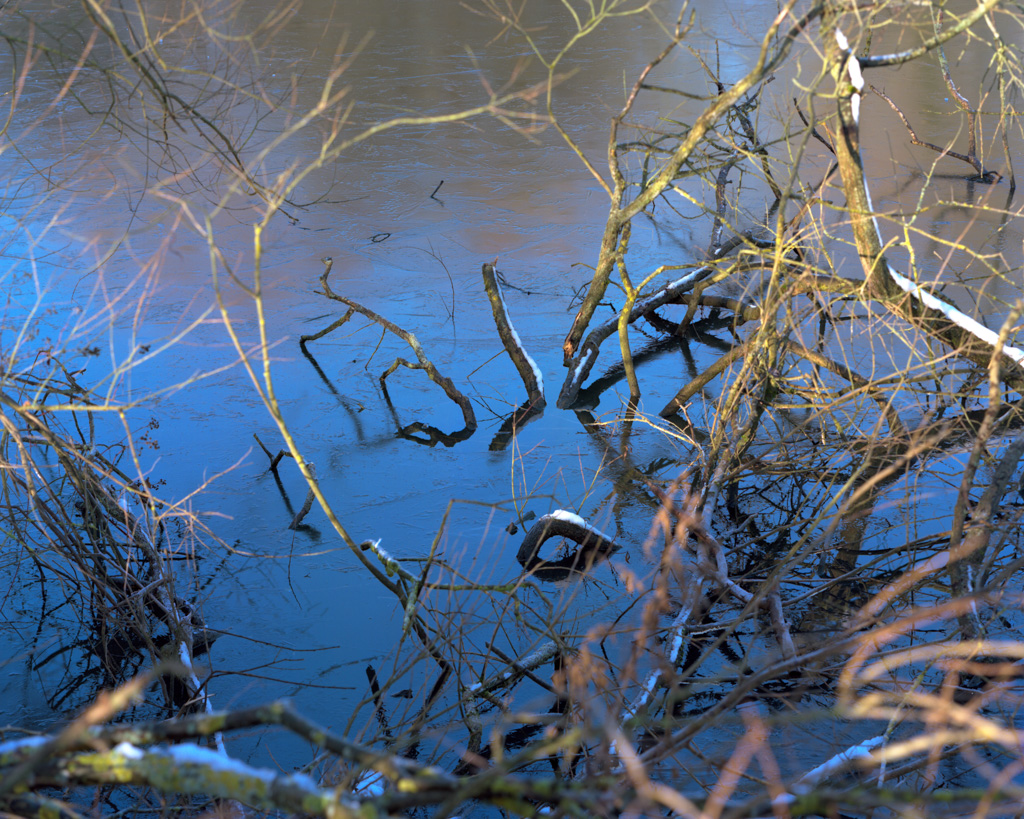
Graphica Ricercata © Mike Colechin
One could be forgiven for expecting a peaceful, melancholic piece to accompany the pictures, but no, it’s almost chaotic, disparate and in a way, difficult to listen to and comprehend. It doesn’t fit in with ‘landscape’ expectations, but then neither do Mike’s pictures. The music challenges me to look at the pictures in a different way, to look closer and closer, as if the surface of the pictures can be penetrated to reveal layers of interpretation and meaning. A rich and rewarding experience!
In one of the darkrooms a looped video was being shown of some of the contributor’s work giving yet another dimension to the exhibition. The video, accompanied by brooding, murky soundtracks give the images a vitality and urgency.
This point is a good place to mention the gallery space at the Photo Parlour in Nottingham. All of the work fits in, nothing is too cramped and what I enjoyed most about seeing the work in this space was knowing that it is a working photo lab! It seems right to see photographs in a working environment where wall space is just around the corner from huge processing machines and dark rooms. Dan Wheeler has gone to great lengths to nurture and support the photography community in Nottingham and Derby and the exhibition feels perfectly at home under his roof!
Bringing it back to me (it is always only about me!) I now know that the pictures in my new body of work are good enough, are contemporary and challenging. Why do I know this? Because I have seen how the artists in this exhibition have followed their own rules, not bowed to the expectations and pressures of the modern landscape photography genre. They have each made very personal, truthful and honest connections with their surroundings, and expressed those connections in their unique ways by telling their own stories. I take great comfort in this because it means we can all take the pressure off, get back to what is at the root of why we photograph, and produce some incredibly diverse, personal and fascinating work, all under the umbrella of landscape photography.
About Tom
Tom Wilkinson’s work explores identities of place and of self with a view to discovering something about the nature of how the photograph functions within them and about the nature of the ‘moment of experience’ and the sense of belonging that results.
He is heavily influenced by the work of continental philosophers, Heidegger and Sartre in particular, and endeavours to incorporate their important thinking into his work. This serves to identify and develop his rationale as an artist whilst at the same time situates his practice within a framework that allows him to explore the nature of philosophical ideas in photography.
You can contact Tom through his website: Tom Wilkinson
Unless otherwise stated, words are © Tom Wilkinson, images © the aforementioned photographers.
